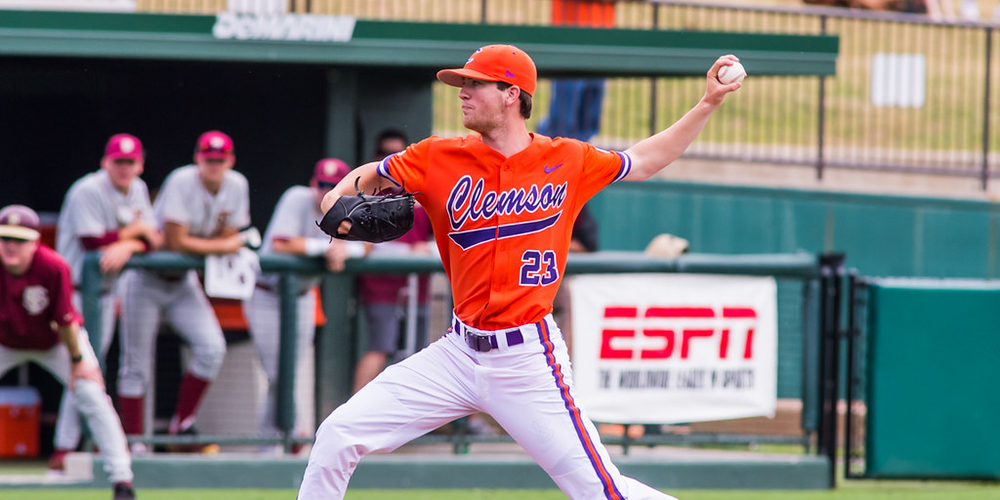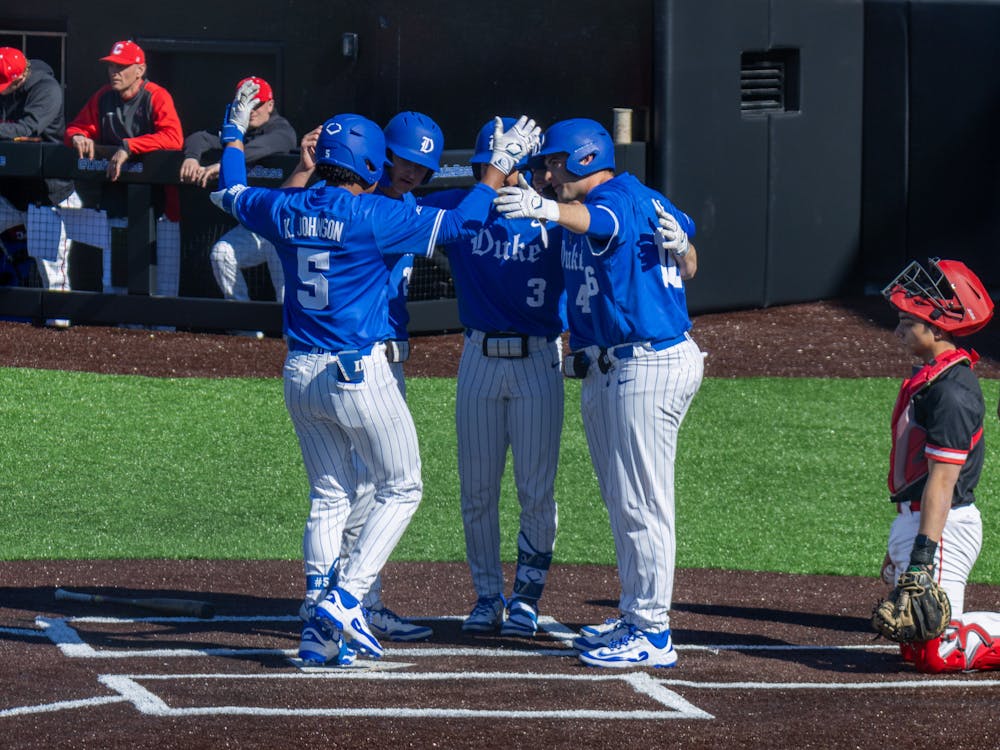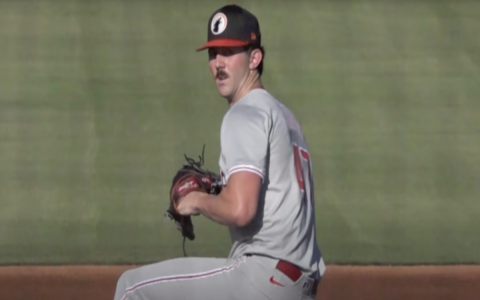Alright, let’s talk about getting a handle on NCAA baseball pitching rules. It wasn’t something I knew much about initially, just enjoyed watching the games. But then I started noticing things, little pauses, coaches coming out, pitchers changing, and I realized I didn’t really get the ‘why’ behind a lot of it.

So, I decided I needed to figure this stuff out. My first step was just hitting the web, searching for “college baseball pitching rules”. Got a lot of results, some forum discussions, some articles. I tried piecing things together from different places.
Found links to the official NCAA rulebook. Okay, downloaded that. Man, it was thick. Really detailed, legal-style language. Not exactly a quick read. I wasn’t trying to become an umpire, just wanted to understand the game better as a fan, maybe apply some knowledge if I ever helped coach again.
Breaking It Down
I realized reading the whole thing cover-to-cover wasn’t practical for me. So, I started focusing on specific situations I saw often or found confusing.
- Balks: This was a big one. What exactly makes a pitcher balk? I read the section in the rulebook, then specifically looked for video examples online. Seeing it happen, seeing the umpires call it, that helped connect the text to the actual action on the field. It’s still tricky, lots of little things like not stopping completely, or feinting to first without stepping off.
- Pitcher Changes: When can they change? How many warm-up throws? What about re-entering the game? I learned about the rules for minimum batters faced (or completing an inning) unless there’s injury. And the warm-up pitch limits between innings or during a pitching change – usually eight pitches, taking about a minute.
- The Windup vs. The Set: Understanding the difference was key. The rules are slightly different for pickoffs depending on which position the pitcher starts from. I paid closer attention during games to see when pitchers used which stance and what they could legally do from each.
- Illegal Pitches: Things like quick pitching before the batter is ready, or messing with the ball. Read about those definitions. Less common, but good to know what’s not allowed.
Making Sense of It
It wasn’t a one-day thing. I’d read a bit, then watch a game and try to spot examples of the rules in action. Sometimes I’d rewind a play to see exactly what the pitcher did. I didn’t stress about memorizing every single sub-section.
What I really focused on was the flow:

- Pitcher takes the sign.
- Gets into windup or set position.
- Must come to a complete stop in the set.
- Delivers the pitch OR steps off the rubber OR makes a legal pickoff move.
Understanding that basic sequence and the key restrictions around it (like balks) made a huge difference. I also learned there aren’t NCAA-wide mandatory pitch count limits like you see in youth leagues; it’s more about coach management and sometimes conference rules about rest days, which was different than I expected.
So yeah, it took some digging, reading through dense text, and watching games with a specific focus. But piece by piece, I got a much better grasp of the pitcher’s world in NCAA baseball. Now when I watch, I feel like I’m seeing more of the strategy and the constraints they operate under. Definitely more rewarding.





